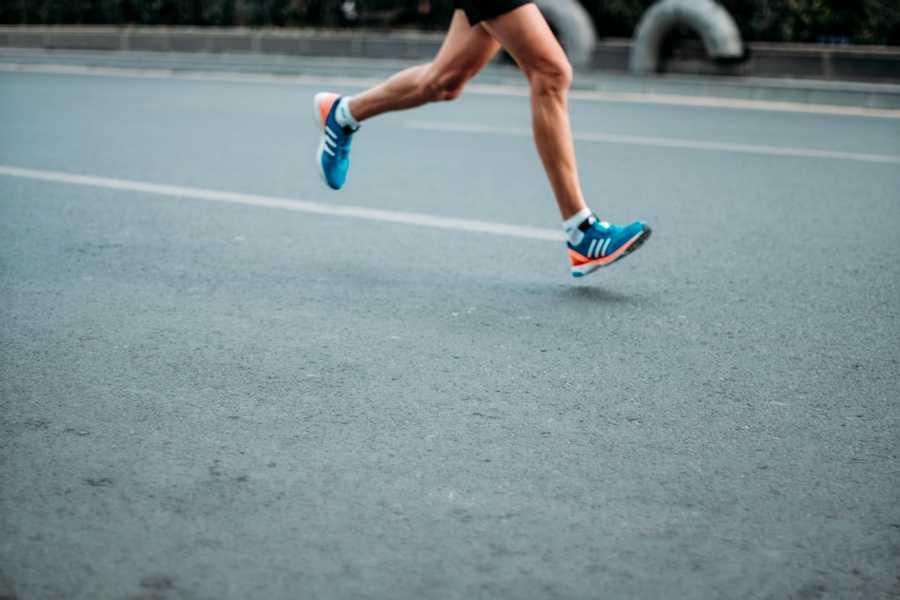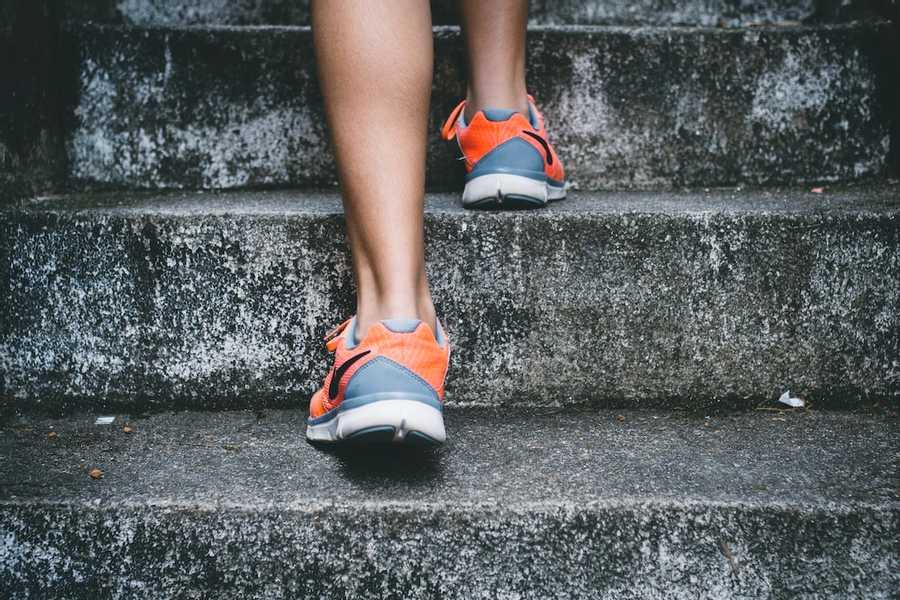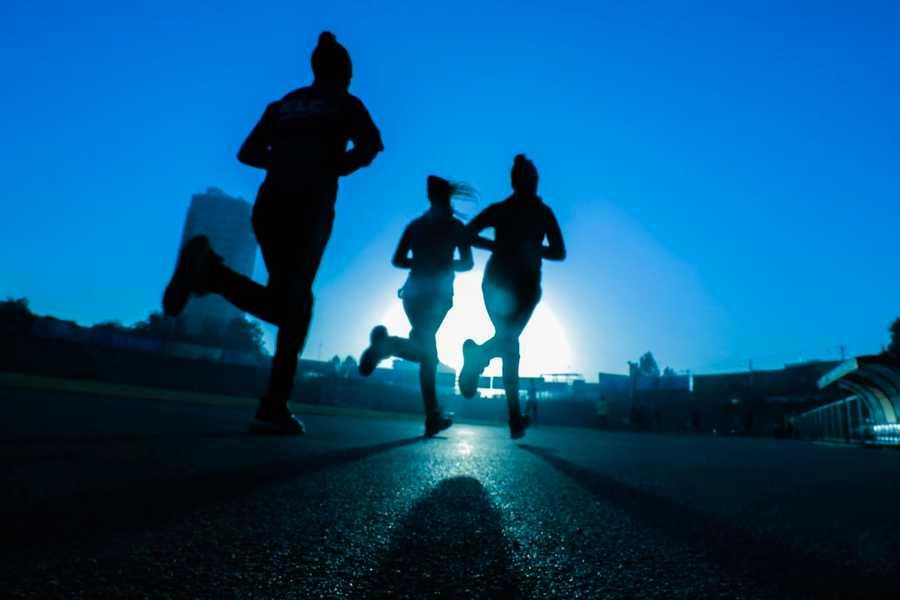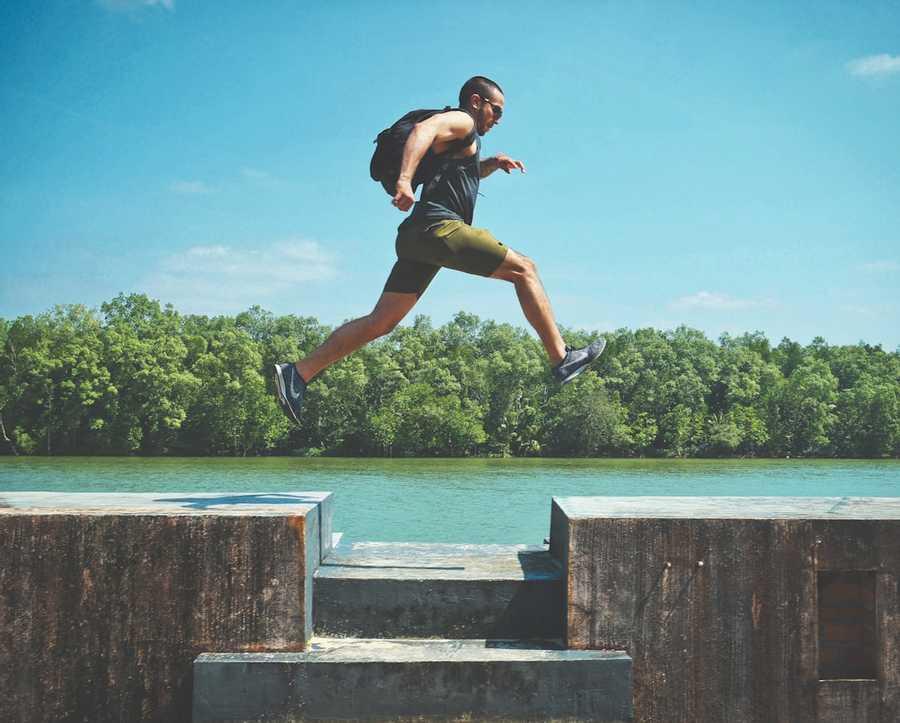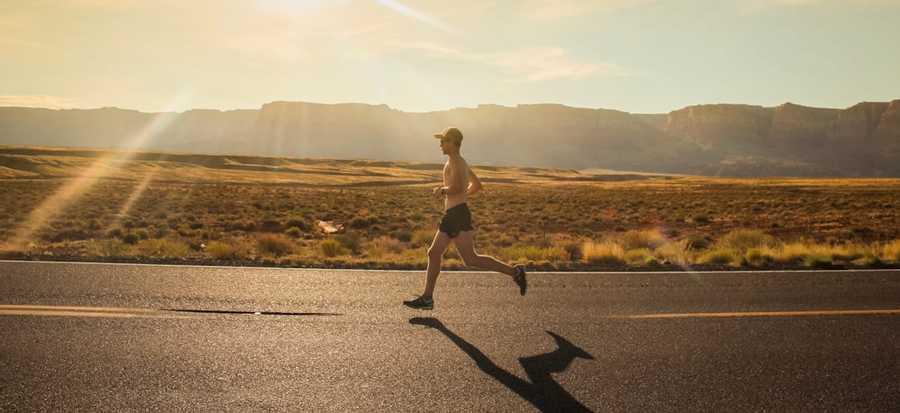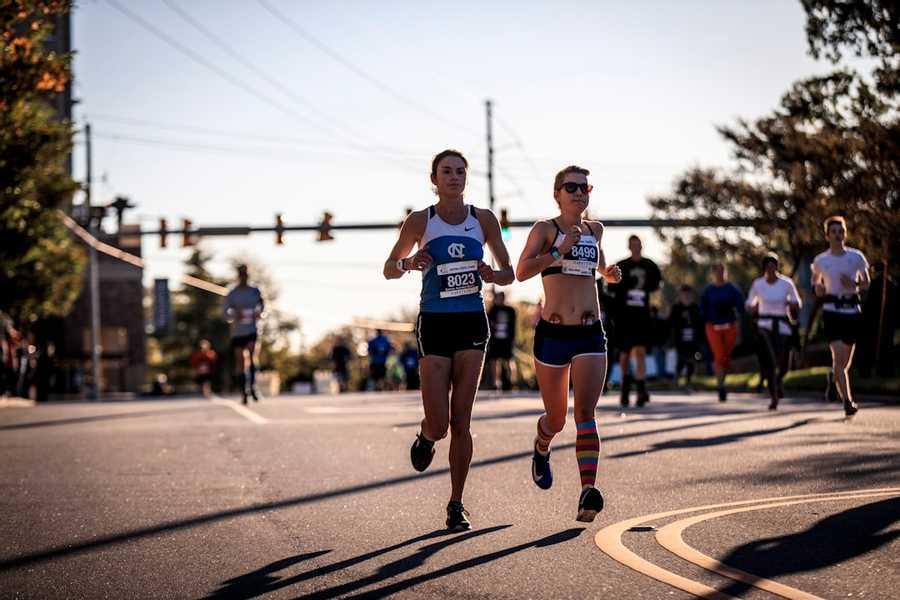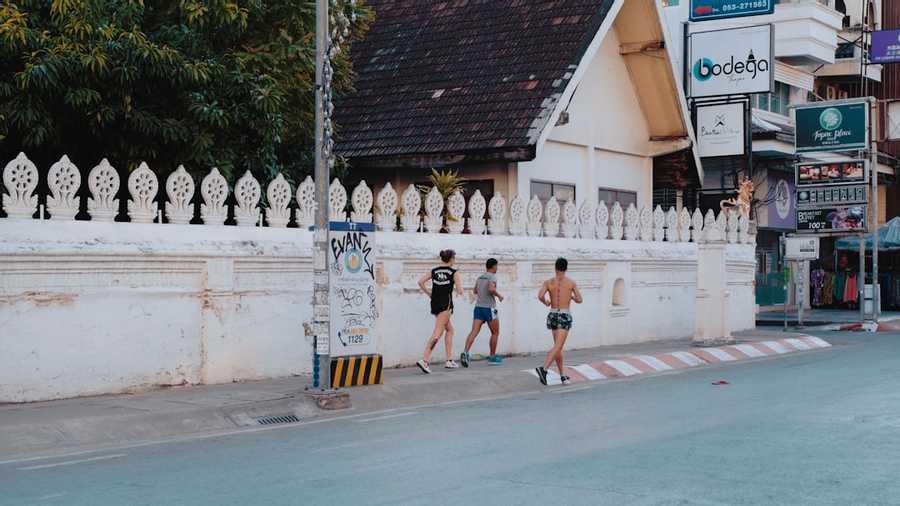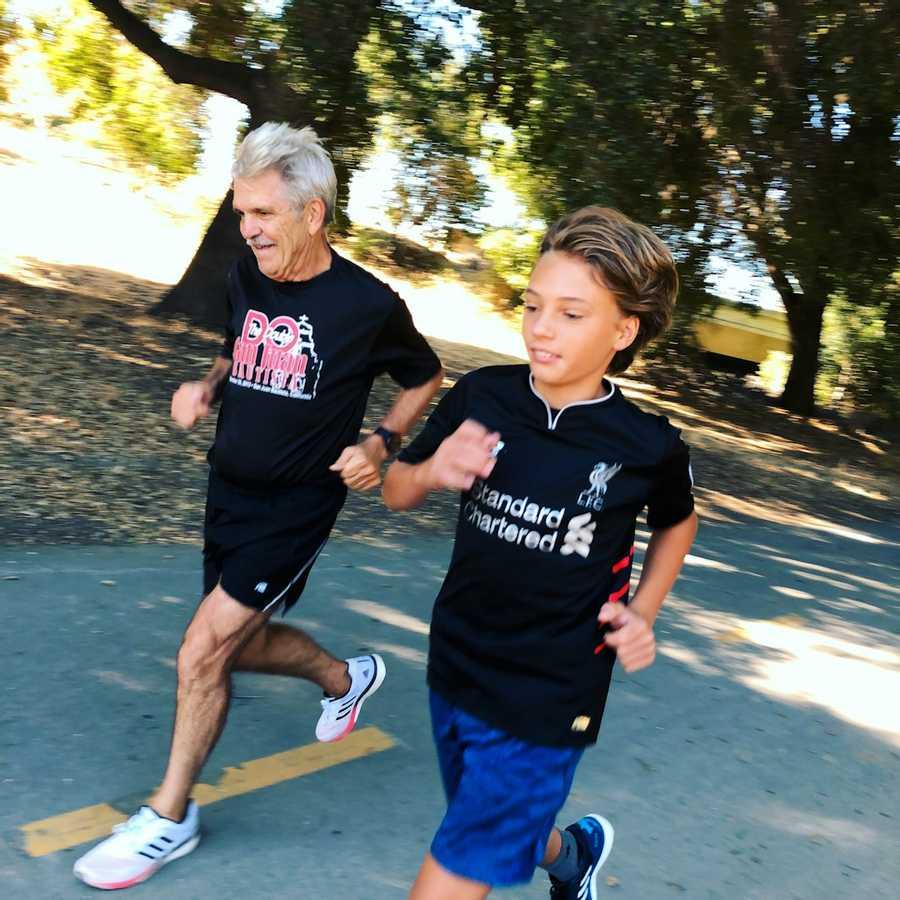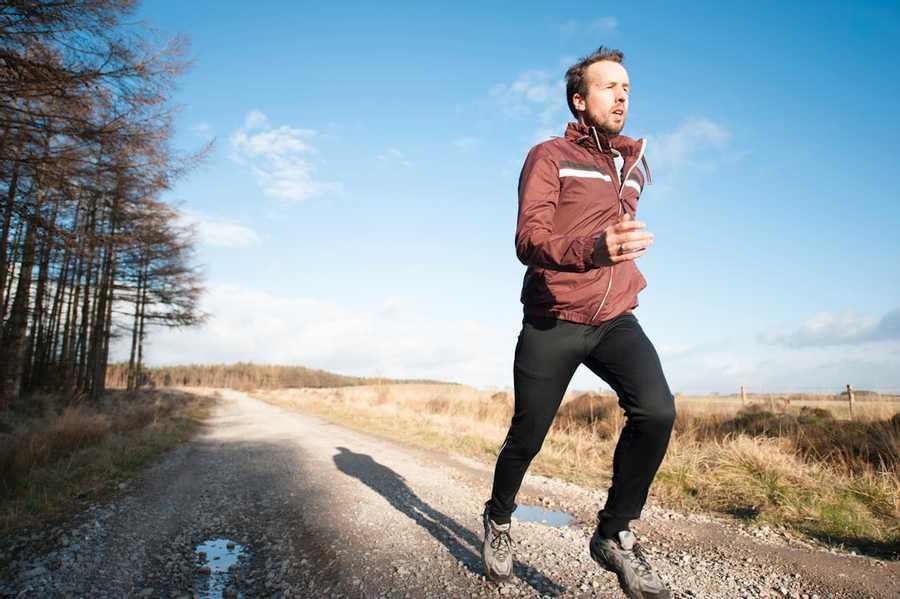Explore the World's Best Ideas
Join today and uncover 100+ curated journeys from 50+ topics. Unlock access to our mobile app with extensive features.
What is stride length?
Stride length is the distance covered between the spot where one foot hits the ground and the next time that same foot hits the ground again.
- That’s two steps - one with your right foot, one with your left.
- The number of steps you take is always twice the number of strides, and
- the number of steps you take per minute is called cadence.
4
90 reads
“If you’re maintaining the same pace but running with a shortened stride length, you’ll increase your cadence because you’ll be taking more steps per minute.”
“If you lengthen your stride, you’ll be taking less steps per minute at the same pace.”
ERIKA LEE SPERL, KINESIOLOGIST & HIGH-PERFORMANCE SPORT CONSULT
5
35 reads
What is the ideal stride length?
The short answer: It depends. You’ve probably heard that an average of 180 steps per minute is the “magic number” for cadence.
This is based on observations by the famous running coach Jack Daniels, who wrote that the majority of elite distance runners at the 1984 Olympic games had a cadence of 180 foot strikes per minute and higher.
Recreational runners, though, tend to run with a cadence of 140-170 foot strikes per minute.
4
26 reads
Be careful not to Overstride
Stride length functions on a bell curve.
Research has repeatedly shown that overstriding - that is, running with the leading foot extended too far in front of the body and thus heel striking - is a prime factor for increased risk of injury.
Plus, overstriding places the body in a biomechanically inefficient position to move into the second stage of the gait cycle, and is subsequently less effective in generating forward momentum.
5
20 reads
Too short of a Stride creates less momentum to push you forward
On the flip side, if your stride length is too short, you can’t store enough energy in the swing phase of your gait, and you won’t be able to use as much force when you hit the push-off phase of your gait, which means you’ll have less forward momentum.
5
22 reads
What determines stride length?
Well, you do. Some people naturally prefer a longer stride, and others fall into a shorter stride.
While many people think stride length has to do with height or leg length, it’s not just runners with long legs who have a long stride and vice versa.
Research shows that runners with long legs can have a short stride, while shorter runners can have a long stride.
5
17 reads
What determines stride length? (cont.)
There are a lot of variables that go into the equation, including your individual biometrics: your overall height, the length of your legs, and running biomechanics like your foot strike.
Some of the other variables that determine stride length are body weight, flexibility, and stiffness (or how much the joints of the foot, knee, and hip move during the running gait.
4
14 reads
What determines stride length? (cont.)
- Your stride length can change during a run.
- As you go uphill, your steps tend to get shorter, and you take more of them.
- On the downhill, your steps will open up, and you’ll take fewer of them.
- When you generate more power, like during a sprint to the finish, your step length, cadence, or both can increase.
- And the more fatigued you get, the more your step length, cadence, or both usually decreases (hello, marathon shuffle).
4
12 reads
So why does stride length matter?
Stride length goes hand in hand with cadence and pace.
To run faster, a runner needs to either :
- cover more ground with each step length,
- increase cadence, or
- a combination of both.
4
14 reads
So why does stride length matter? (cont.)
- Finding your ideal stride length and cadence isn’t just about gaining speed.
- It will also improve your efficiency.
- At your ideal stride length and cadence, you’ll be able to run at the same pace with reduced heart rate and oxygen consumption.
- That reduced heart rate and oxygen consumption would lead to a lower energy cost and effort while running.
4
10 reads
So why does stride length matter? (cont.)
- It also helps protect you from injury.
- One of the most common injuries in runners is patellofemoral pain, or Runner’s Knee. And that’s very common when you have just a slight tendency to overstride - even if it’s not very obvious.
- Your knee is more extended when your foot hits the ground, so your leg is straighter and further in front of you.
- The way the force from the ground pushes back up through your body in that position can lead to increased risk of patellofemoral pain.
4
9 reads
Increase a little to measure the benefits for yourself first
- Whether you’re a new runner or an experienced one, the stride length you naturally choose is likely your most efficient.
- The body is remarkably adept at remembering movement patterns, and this includes your stride length and steps per minute.
- Sometimes it’s counterproductive to try and change biomechanical patterns that have been ingrained for years.
- That said, if you can mess with your stride in the right direction, it could make you more efficient.
- Runners who increased their running cadence a small amount above their self-selected cadence immediately lowered their heart rate.
4
7 reads
Be patient in finding your most optimal cadence & stride length
- Increasing your cadence by 5 and 10 percent over your preferred cadence can decrease overstriding, reduce impact and bracing forces to potentially avoid running related injuries.
- If tend to overstride (constantly suffering from hamstring issues could be a clue), you may want to get a proper gait evaluation from a qualified physical therapist.
- It may take some practice to find your most optimal cadence and stride length.
- Start by finding your current cadence, then play with taking 5 to 10 steps more or less.
- A heart rate monitor and/or smartwatch can help you see where you’re most efficient.
4
7 reads
IDEAS CURATED BY
Lawyer turned Artist Visionary Curator & Gallerist. Empowering self-love and joy through art & words. www.innerjoyart.com 💝 Instagram : dymphna.art
Dymphna Lanjuran's ideas are part of this journey:
Learn more about health with this collection
Importance of rest and recovery
Effective workout routines
Proper nutrition for muscle building
Related collections
Similar ideas
4 ideas
How to Avoid Injuries as a Beginning Runner
vitals.lifehacker.com
6 ideas
Running Strides Can Help You Work on Your Form and Mechanics
runnersworld.com
12 ideas
The 8-Minute Mile Standard
breakingmuscle.com
Read & Learn
20x Faster
without
deepstash
with
deepstash
with
deepstash
Personalized microlearning
—
100+ Learning Journeys
—
Access to 200,000+ ideas
—
Access to the mobile app
—
Unlimited idea saving
—
—
Unlimited history
—
—
Unlimited listening to ideas
—
—
Downloading & offline access
—
—
Supercharge your mind with one idea per day
Enter your email and spend 1 minute every day to learn something new.
I agree to receive email updates

